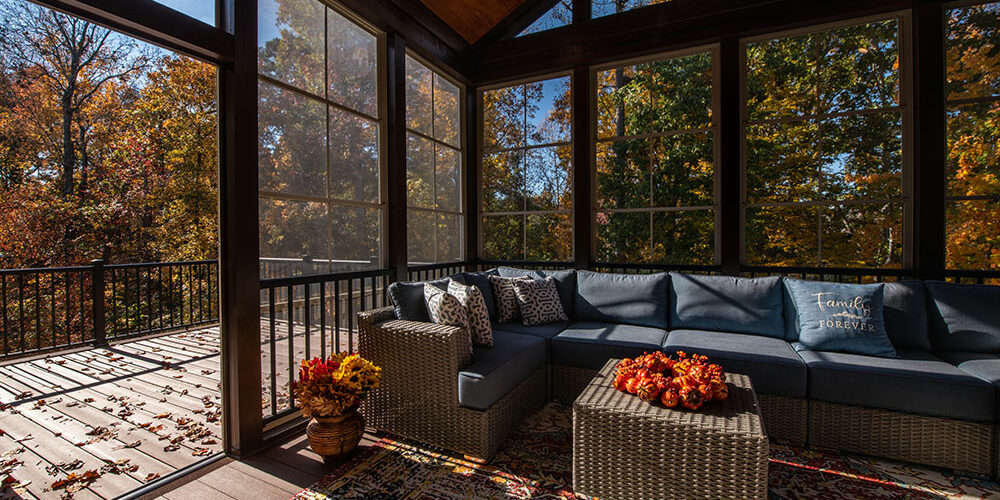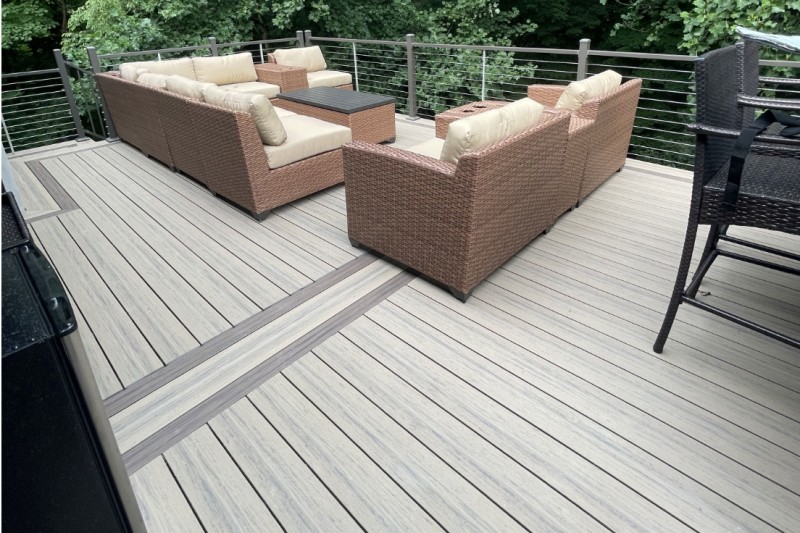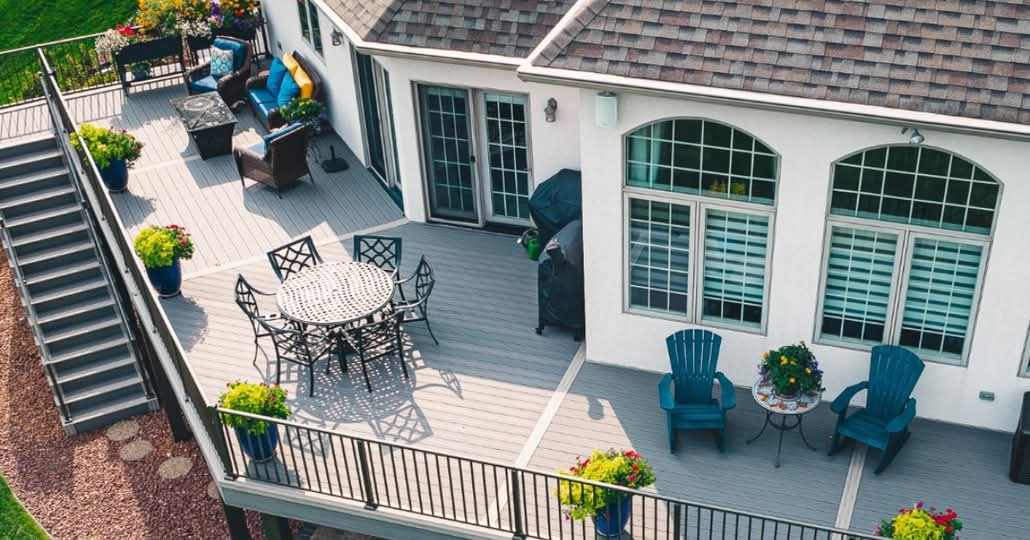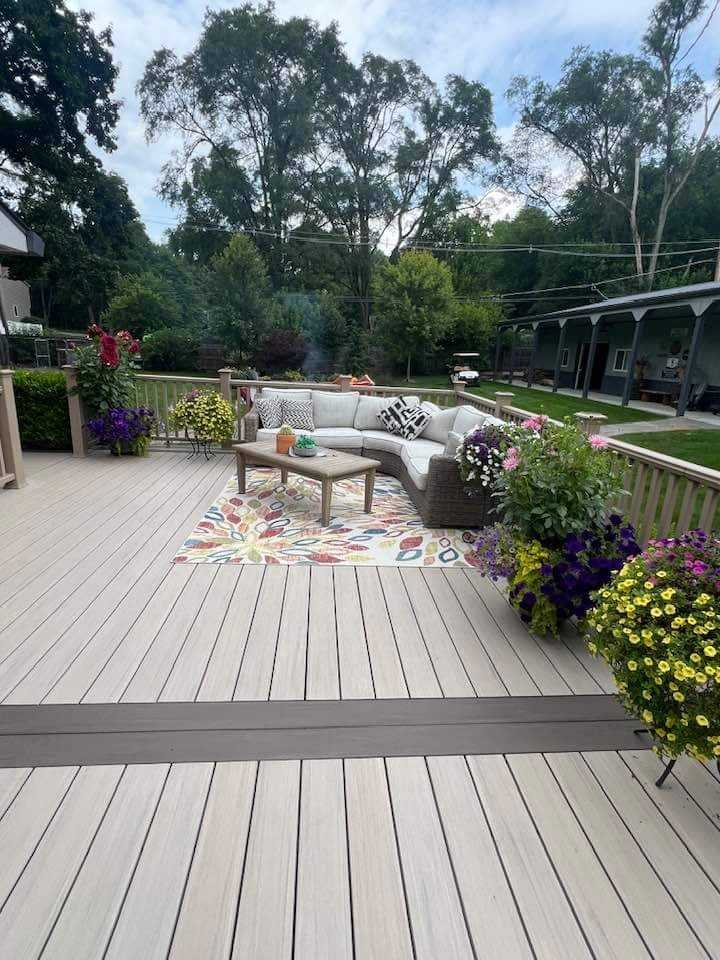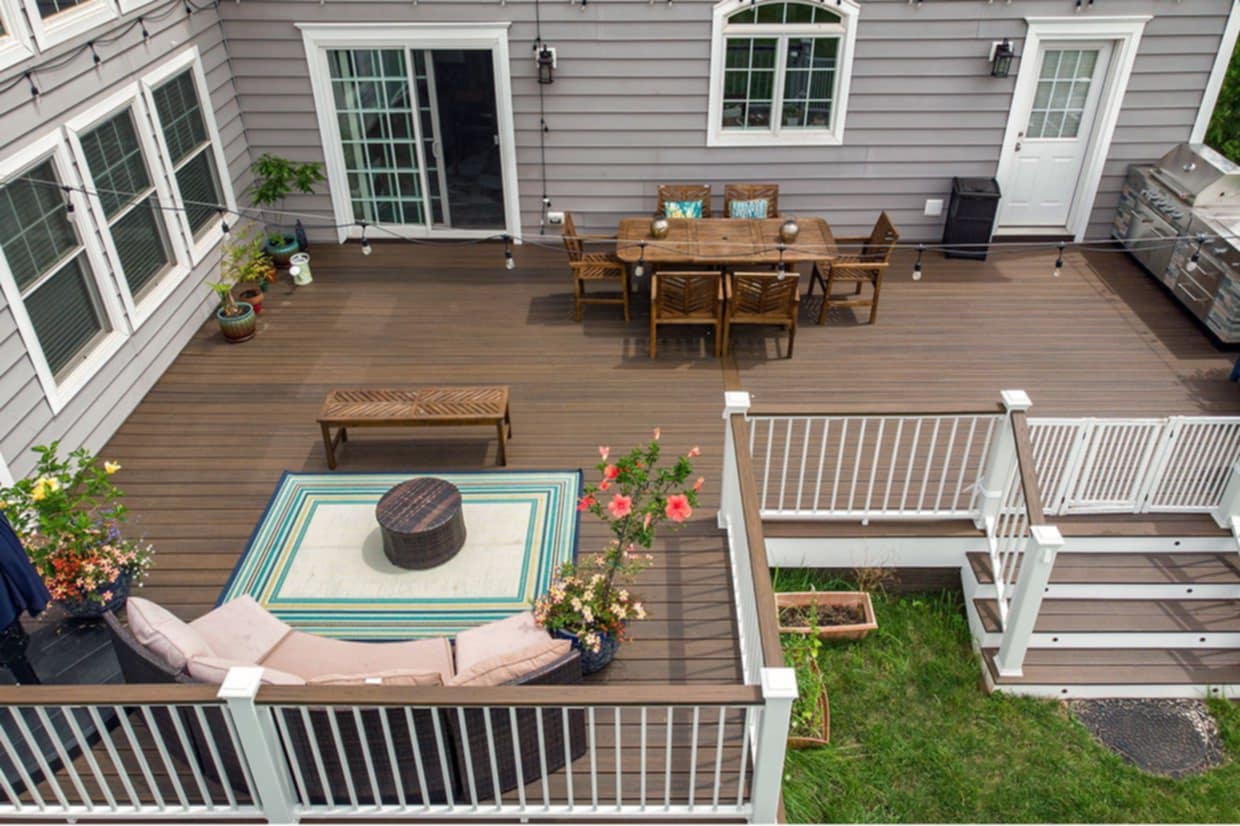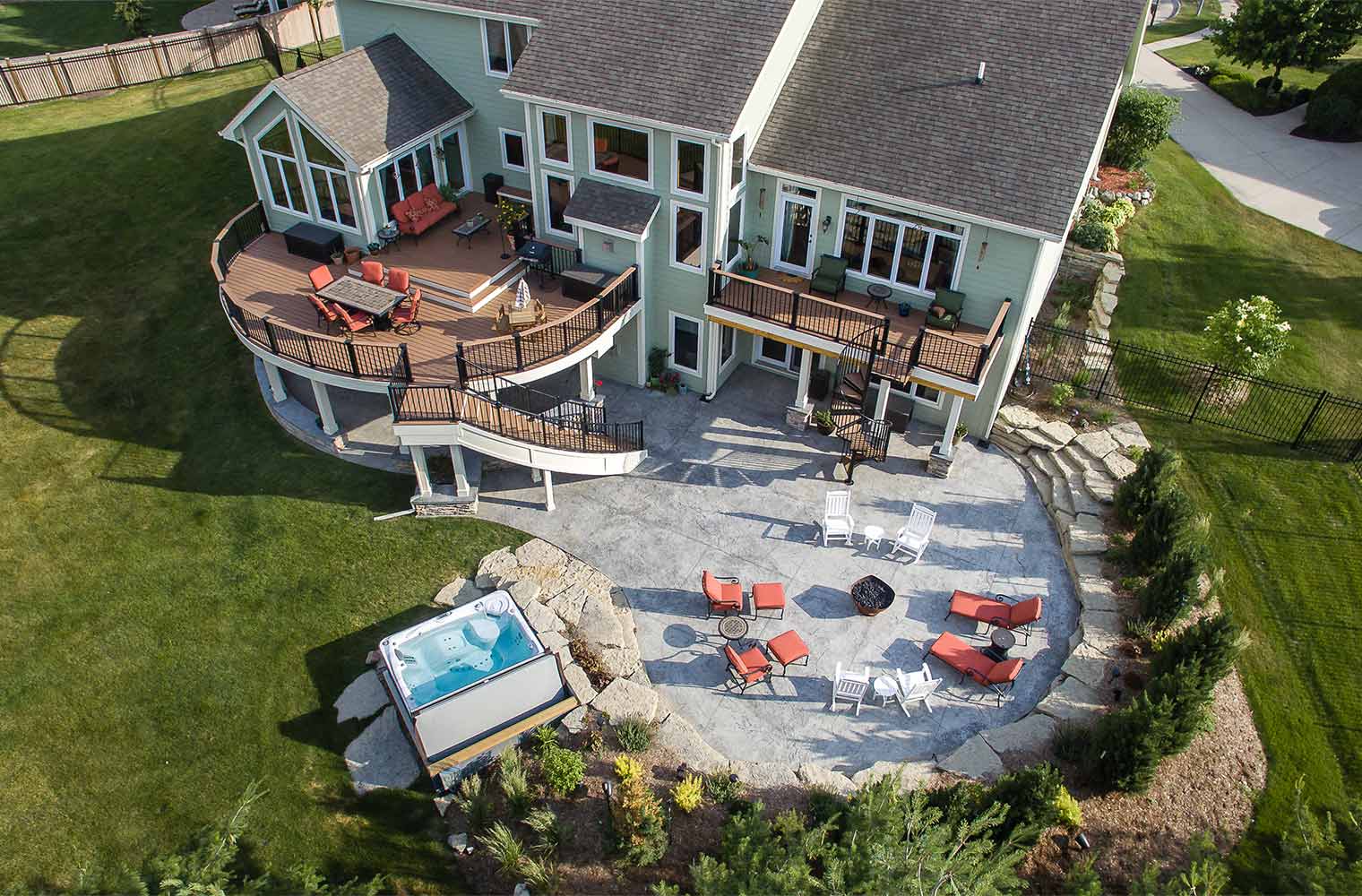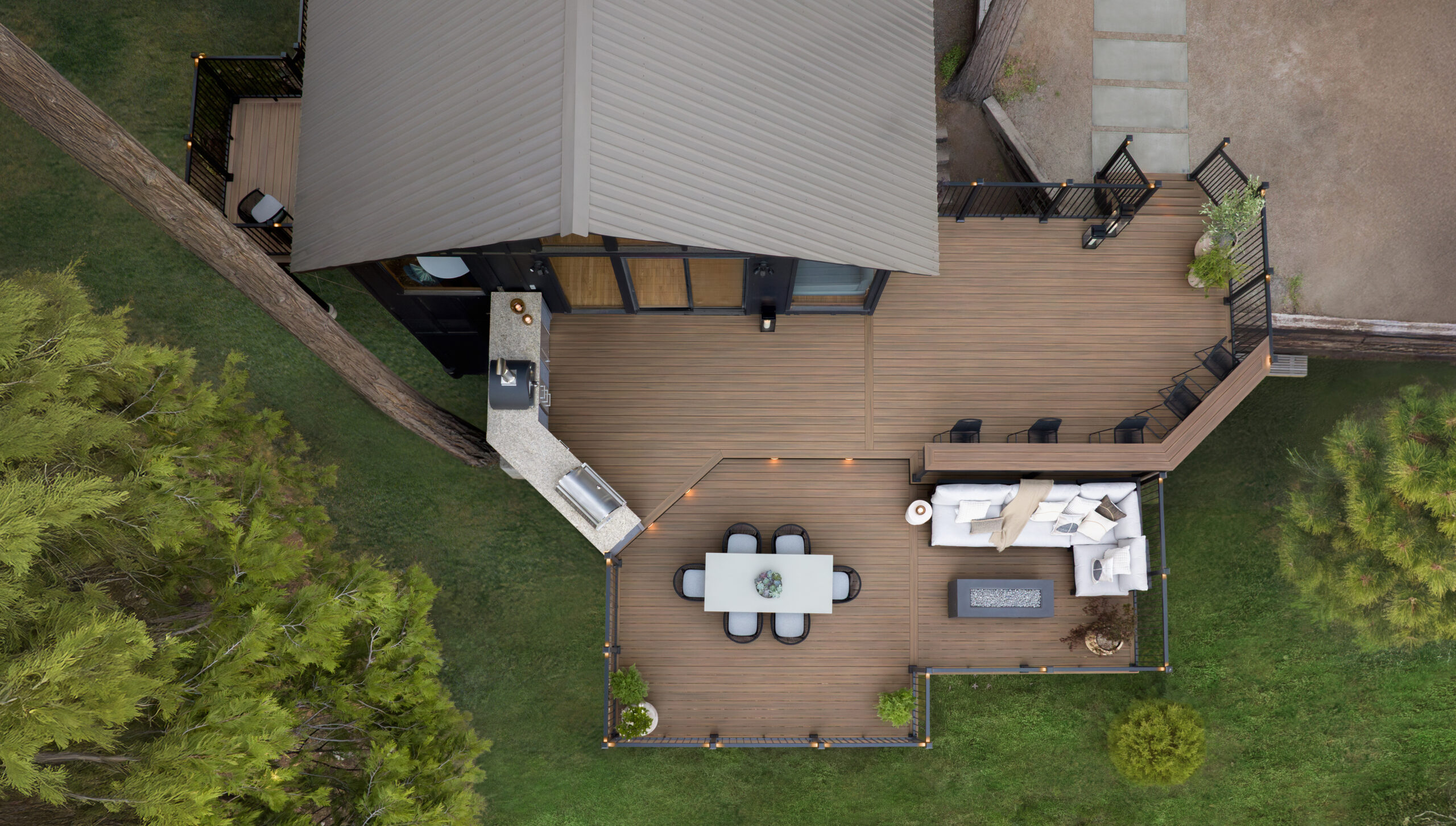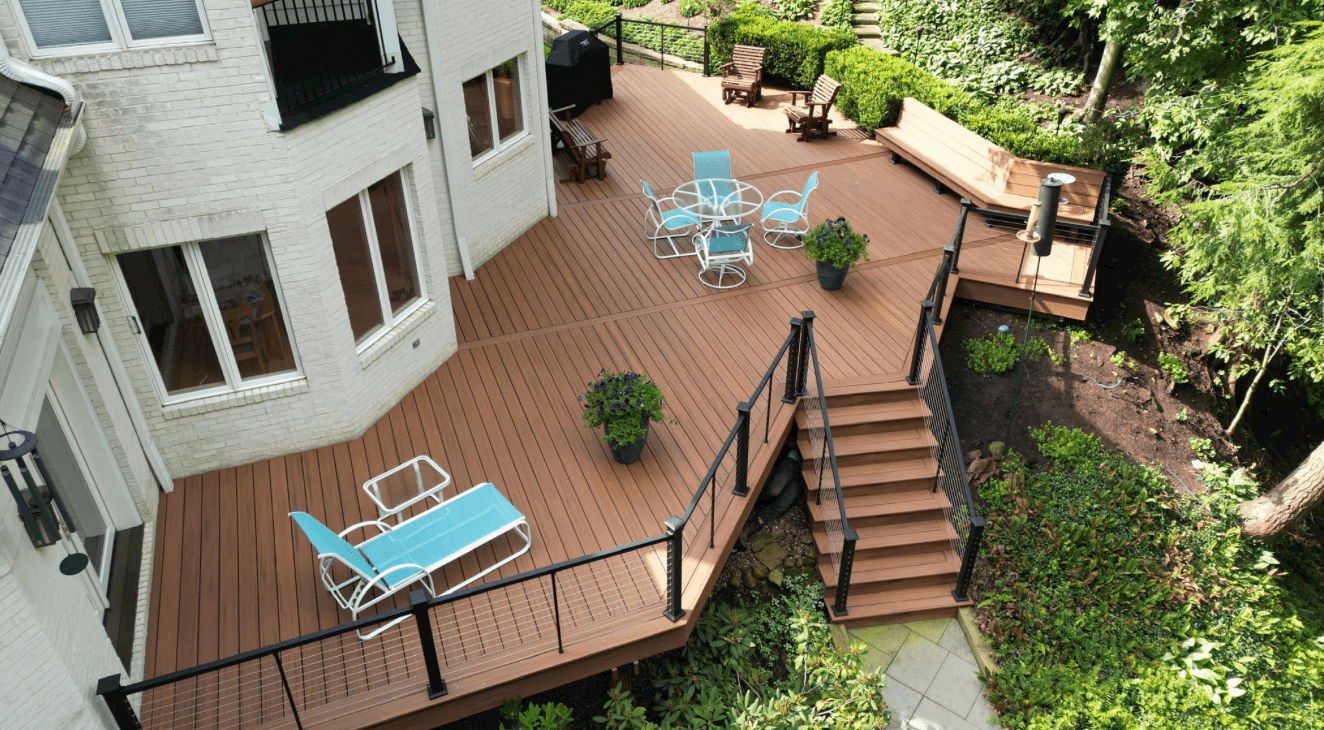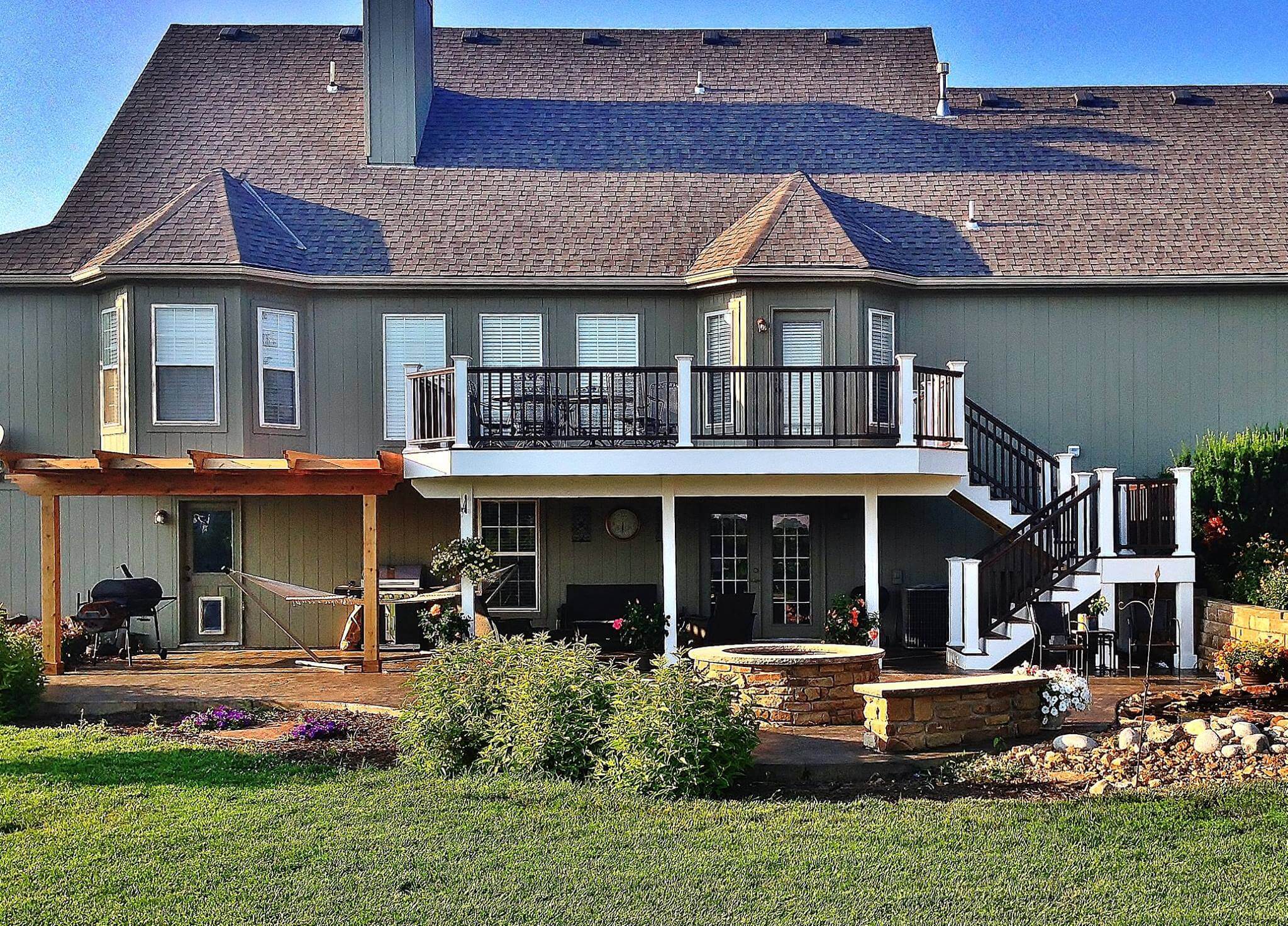As experienced three-season room builders, one of the most common questions we get asked is about the cost of building a three-season room. The answer, as with many aspects of home improvement, is nuanced and depends on various factors. In this post, we’ll break down the estimated costs associated with building a three-season room, explore the elements that influence pricing, and provide you with the information you need to budget for your dream space.
Average Cost Range for Three-Season Rooms
The cost of building a three-season room can vary significantly based on factors such as size, materials, and design complexity, and the contractor chosen. To give you a general idea, the cost spectrum for three-season rooms typically ranges from $50,000 for a basic structure to $120,000 or more for high-end, custom designs.
At the lower end of this range, you’ll find basic three-season rooms, often built with standard materials, costing between $50,000 and $70,000. These rooms usually feature simple designs, windows, and basic flooring options. They provide a functional space but may lack some of the amenities and custom features of more expensive options.
Mid-range three-season rooms, which often include higher quality materials and some custom features, typically fall in the $70,000 to $90,000 range. These rooms offer a good balance of quality and affordability, with options for upgraded flooring, finishes, and more sophisticated designs.
At the high end of the spectrum, luxury three-season rooms can cost anywhere from $90,000 to $120,000 or more. These premium spaces often feature high-end materials, custom architectural elements, top-of-the-line and luxurious finishes. They may also incorporate advanced technology for climate control and entertainment.
It’s important to know that these are broad ranges, and your specific project could be more or less depending on your choices and conditions. Factors such as the complexity of the design, the quality of materials used, and the specific features you choose can all impact the final cost.
Factors That Influence the Cost of a Three-Season Room
To understand why there’s such a wide range in pricing, let’s explore the key factors that influence the cost of building a three-season room. Of course, the size of the room is one of the major factors affecting cost. Larger rooms require more materials and labor, naturally increasing the overall price. A small three-season room of 150-300 square feet might cost between $50,000 and $70,000, while a large room exceeding 400 square feet can easily surpass $100,000, especially when incorporating high-end features and materials.
The foundation and flooring choices play a big role in the overall cost. A concrete slab foundation might cost between $10,000 and $25,000, while a new deck could range from $15,000 to $60,000 but ensure the structure can support the additional weight.
Windows are another major cost factor, as they’re a defining feature of three-season rooms. Standard three season room windows might cost $800 to $1,500 each, while high-end, energy-efficient models can range from $2000 to $3,000 or more per window. Doors typically cost between $1,500 and $7,000. The number and size of windows and doors you choose will significantly impact your cost.
The design and architectural features of your three-season room can drive the cost up as well. A simple, rectangular design will be the most economical, while custom shapes, roof designs, or features like skylights and vaulted ceilings can add 20% to 30% or more to the overall cost. These unique features can transform your space from a simple addition to a stunning architectural statement, but they come at a premium price.
The quality of materials you choose will have a substantial impact on both the cost and longevity of your three-season room. Standard-grade materials will keep costs down but may not offer the same durability or aesthetic appeal as higher-grade options. Mid-grade materials typically increase costs by 20% to 40% over standard options, while premium materials can double the cost of standard choices. However, investing in quality materials can result in a more beautiful, durable, and energy-efficient space.
Cost Breakdown Example
To give you a clearer picture of how these costs come together, let’s break down the expenses for a hypothetical mid-range three-season room project. Imagine we’re building a 250 square foot room with a entry level composite deck, quality windows and doors, asphalt shingle roofing.
The deck might cost around $20,000, while the basic framing and construction could run another $27,000. Adding windows and a door might total $19,000, with electrical work and lighting might add another $3,000 to the project. Factor in $1,500 for design and architectural services, and $500 for permits and inspections, and the total cost for this mid-range three-season room comes to approximately $71,000.
This example illustrates how quickly costs can add up, even for a relatively straightforward project. It also highlights the importance of careful planning and budgeting to ensure you can create the space you want within your financial means.
Financing Options for Your Three-Season Room
Given the significant investment required, many homeowners choose to finance their three-season room project. There are several options to consider, each with its own advantages and considerations.
A home equity loan or line of credit is a popular choice for financing home improvements. These options often offer lower interest rates than other forms of borrowing because they’re secured by your home. A home equity loan provides a lump sum, while a line of credit allows you to draw funds as needed, potentially offering more flexibility.
Personal loans are another option. These unsecured loans don’t require collateral but may have higher interest rates than home equity products. However, they can be a good choice if you don’t have sufficient equity in your home or prefer not to use your home as collateral.
Many contractors offer financing options, sometimes with promotional low or zero interest rates for a certain period. These can be convenient, but be sure to read the terms carefully and understand the interest rate after any promotional period ends.
A cash-out refinance is another possibility, where you refinance your mortgage for more than you currently owe and use the difference to fund your three-season room. This can be a good option if you can also secure a lower interest rate on your mortgage in the process.
The Value of a Three-Season Room
While the cost of building a three-season room can be substantial, it’s important to consider the value it adds to your home and lifestyle. From a financial perspective, you can typically recoup 70% to 80% of the cost in increased home value. This makes a three-season room a solid investment in your property.
Planning Your Three-Season Room Project
To ensure you get the most value for your investment, careful planning is essential. Start by defining your goals for the space. How do you envision using your three-season room? Will it primarily be a quiet retreat, or do you plan to use it for entertaining? Understanding your intended use will guide many of your decisions about size, features, and materials.
With the information provided in this guide, you can begin to determine a realistic budget for your project. Remember to factor in all aspects, including potential cost overruns, when setting your budget.
Common Mistakes to Avoid
When budgeting and planning for your three-season room, be aware of common pitfalls that can derail your project or lead to unexpected costs. One frequent mistake is underestimating the total cost of the project. Be sure to factor in all aspects, including permits, potential cost overruns, and finishing touches like furniture and decor.
While it’s natural to want to save money, be cautious of choosing the lowest bid without careful scrutiny. Extremely low bids might indicate cut corners or hidden costs that could surface later in the project. Always compare bids carefully and ensure you’re getting comparable services and materials.
Finally, consider how your new room will integrate with the rest of your home. Ensure the design complements your existing architecture and that there’s a natural flow between the new space and adjacent rooms. A well-integrated three-season room will feel like a natural extension of your home rather than an afterthought.
The Importance of Working with a Professional
While it might be tempting to try to save money by taking on a three-season room project yourself, working with a professional builder offers several significant advantages. Professional builders bring a wealth of knowledge and experience to your project. They can anticipate and handle unexpected issues that might arise during construction, ensuring that your project stays on track.
Time savings is another important factor to consider. Professionals have the skills, tools, and team to complete your project efficiently. What might take you weeks or months to do yourself can often be completed much more quickly by a professional team, allowing you to enjoy your new space sooner.
Quality assurance is yet another benefit of hiring professionals. Reputable builders stand behind their work, often offering warranties on both workmanship and materials. This can provide peace of mind and protection for your investment.
Lastly, working with professionals can significantly reduce the stress associated with a major home improvement project. Let the experts handle the complexities of design, permitting, construction, and problem-solving, while you focus on the exciting aspects of creating your new space.
Conclusion: Is a Three-Season Room Right for You?
Building a three-season room is undoubtedly a significant investment, but it can also be a transformative addition to your home. By understanding the costs involved and carefully planning your project, you can create a beautiful, functional space that enhances your lifestyle and adds value to your property.
Remember, the key to a successful three-season room project lies in balancing your desires with your budget, choosing the right materials and design for your needs, and working with experienced professionals who can bring your vision to life.


